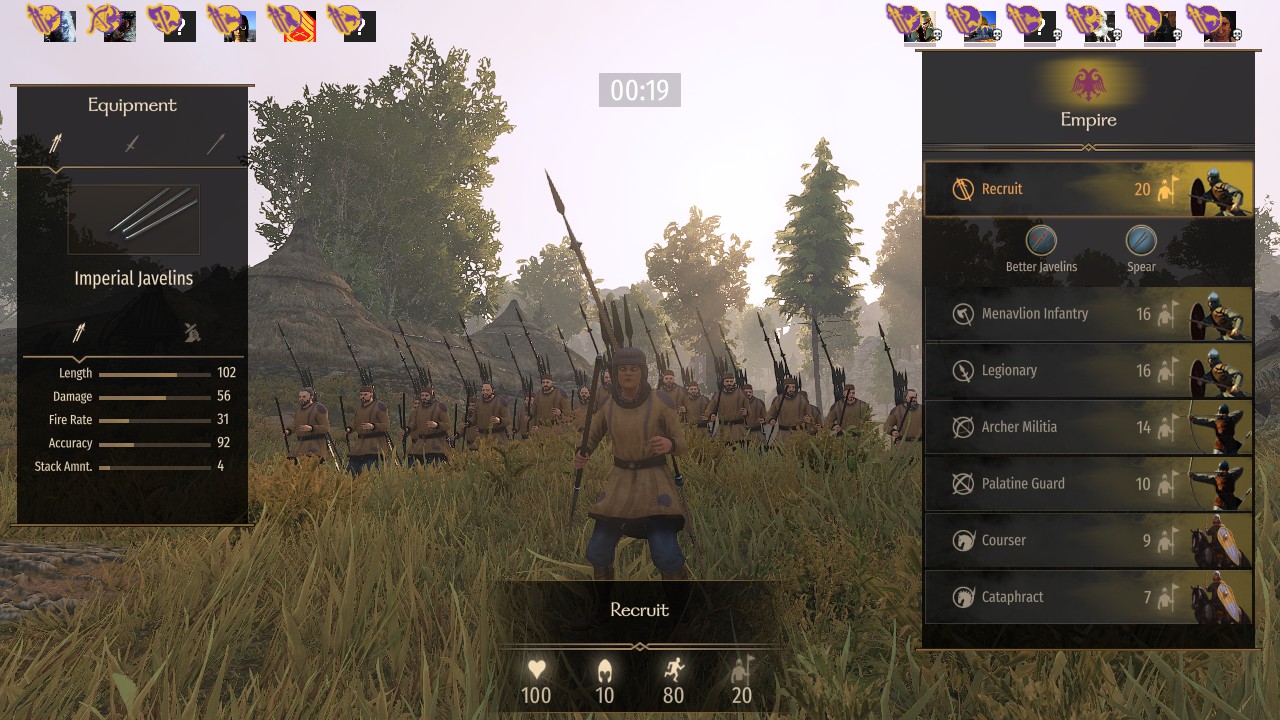

Most owners will use a screened lid rather than sliding or swinging side doors to reserve that space for burrowing. While 24 inches of height is suitable, it’s always better to go with something a bit taller if possible. This means you’ll need to have a durable enclosure with some considerable height.Īt the very least, we recommend going with an enclosure that measures 48 inches long, 24 inches deep, and 24 inches tall.Įxpert Tip: The height measurement is the one you have to pay attention to here.

So, you’re going to need to provide a thick substrate layer to accommodate this. These lizards spend a lot of their time burrowing. Unlike many other lizard species in the pet trade, Ackie monitors aren’t big climbers.
.jpg)
Enclosure Sizeįirst things first, you’re going to need a sizable enclosure. Stick to the following recommendations to ensure that your Ackie thrives. However, that doesn’t mean that caring for this reptile will be a walk in the park! Ackie monitors come from tough environments in the wild that take some initial work to replicate.īecause of this, they have some unique care requirements that you can’t ignore. These cold-blooded creatures are quite hardy that can adapt well to life in captivity. Ackie Monitor CareĪckie monitor care is not nearly as difficult as it seems. Males reach slightly longer lengths and have a bigger overall appearance. Generally, the only way to tell the difference is to analyze their length. However, they tend to be a bit more subtle.Įxpert Tip: The differences between males and females are subtle. Some of those spinose scales extend up the body. The scales create the lizard’s signature spiky look. It makes up most of the length measurement. In most cases, the tail is about 1.2 to 2.3 times as long as the head and body combined. The tail of the Ackie monitor has some cool features, too. The spots can vary from bright yellow to a more subdued cream. Accompanying that rich color are contrasting spots and stripes. While there are a few different color morphs available, the most common you’re going to see is brown. It has a noticeably prehistoric look that reptile enthusiasts love! There’s no denying that the Ackie monitor is a beautiful reptile. If you don’t put the work into providing your lizard with the best life possible, there’s an increased chance of disease and a shorter lifespan. Like any other reptile, Ackies monitors are directly affected by their environments, diets, and overall level of care. Of course, there are no guarantees with life expectancy. Ackie monitors have an average lifespan of 15 to 20 years. If you’re thinking about getting one of these cool pet lizards, be prepared for a long commitment. There are obviously genetic factors that can influence this as well, but that’s outside of your control. This makes them a medium-sized lizard, and is a far cry from the massive size of the Komodo!Įxpert Tip: If you want to maximize their size it’s important to provide them with great care while they’re still growing. The average Ackie monitor size is about 24 to 28 inches long when fully grown. If you want a unique reptile with some quirky behaviors, the Ackie monitor may be for you. They’re enjoyed the world over by reptile enthusiasts. Found throughout arid regions in Australia, these lizards are a very big part of the reptile trade. Of course, the Ackie monitor is far gentler than their appearance would lead you to believe. Take one look at the Ackie monitor and you can definitely see the relationship! Often referred to as the Spiny-tailed Monitor or Ackies dwarf monitor, these lizards are part of the same genus as the Komodo Dragon. The Ackie monitor ( Varanus acanthurus) is an eye-catching reptile with a rather intimidating look!


 0 kommentar(er)
0 kommentar(er)
